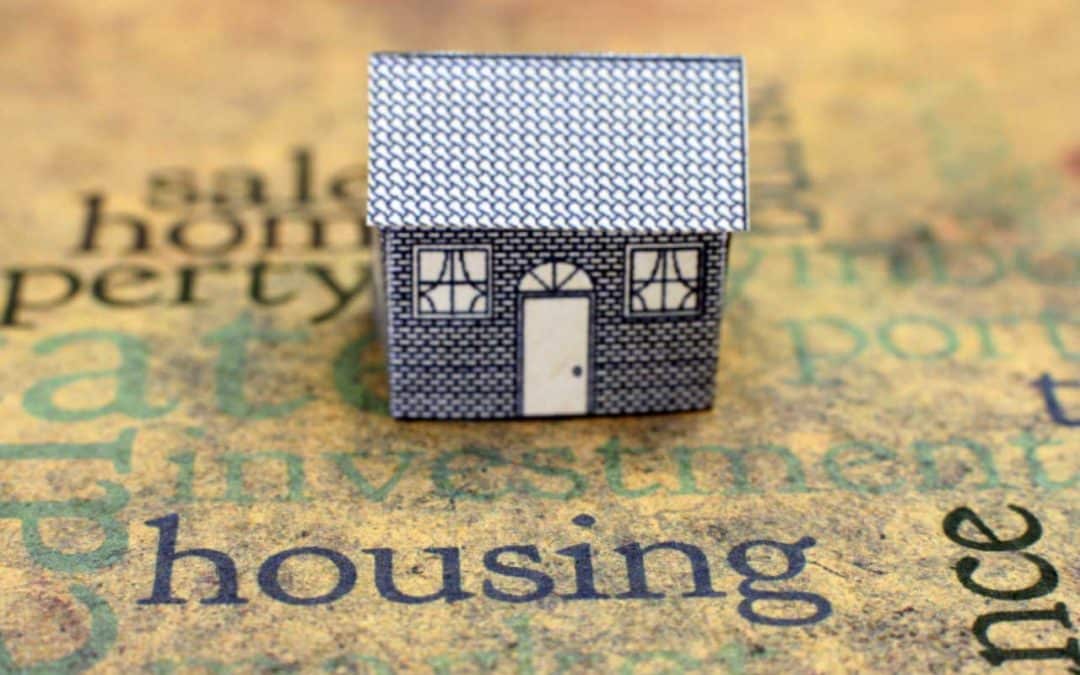Smart investors can sniff out a bargain when they see it. What might look like a run-down, avoid-at-all-cost home on the best street in town, could actually be a profitable renovator’s dream. Or could it?
A typical couple in the market for their first house will often steer clear of a property that is bursting at the seams with unpleasant characteristics. On the other hand, an investor sees an opportunity to buy at less than market value and reap the rewards down the track.
What’s most important is to consider your individual position rationally, including your financial limits, your timeframes and your building skills. Not every old house is a smart investment, but they’re certainly can be hidden opportunities for savvy buyers.
Do consider the big picture
Buying a property with a view to renovating for profit may sound straightforward. But don’t be fooled by the home renovation TV shows that make it look oh-so-easy!
It may take a number of years before you really see a benefit from the changes you make, and if you’re new to the renovation game you risk making costly mistakes along the way.
Do your budgeting carefully, be realistic about your aims and you’ll be well on your way to making a wise decision.
Don’t overlook the price
Buying the worst house on the street is not necessarily an inexpensive exercise. If you are not a builder yourself, you’re going to have to invest a lot of time and money into employing a good team of tradespeople to right the many wrongs.
Sometimes you also need to make tough decisions: is the home truly salvageable or would you make a better profit by demolishing and rebuilding on the block? Don’t forget that over capitalising on renovations won’t give you a profitable resale value, no matter how much hard work you put into the project.
Do consider location
When looking beyond the façade of a home, it’s important to consider the potential that the land itself offers. There’s the view, the location and of course the prestige that living at a particular address brings.
Research the suburb’s profile and take into account the demographics of buyers in the area. Your renovated investment needs to suit the look and feel of the street and be inviting for potential buyers or tenants in the long run.
Don’t forget to organise an inspection
You might be happy to replace the flakey paint, 1970s kitchen and linoleum floors, but your potential investment property may be hiding far more severe concerns. This is where an independent building inspection is a must.
An inspector will inform you of any issues with the home, both inside and out. Most importantly, they will let you know for certain whether the property is structurally sound or likely to require more than a facelift. Discovering problems like this down the track can result in major changes to your plans, ruining your carefully planned budget and your completion schedule.
Smart investors crunch their numbers, seek advice from the professionals and, most importantly, consider more than just potential street appeal when it comes to signing on the dotted line. There’s no doubt that there is hidden value in the worst house on the street. Do your homework and if you have any doubts, seek independent advice.
Action Inspections’ Andrew Mackintosh has been helping home buyers make informed decisions since 1995. He has personally carried out over 20,000 building inspections in the greater Brisbane area. As a licensed builder and licensed building inspector, Member of Queensland Master Builders Association and the Institute of Building Consultants, Andrew is passionate about providing clients with honest, unbiased and thorough home inspections. As the business owner and principal inspector at Action Inspections, Andrew prides himself on excellent customer service, value for money and timely, professional reporting on every inspection. A quality inspection by someone who really knows Brisbane homes gives you complete peace of mind when purchasing a property.




